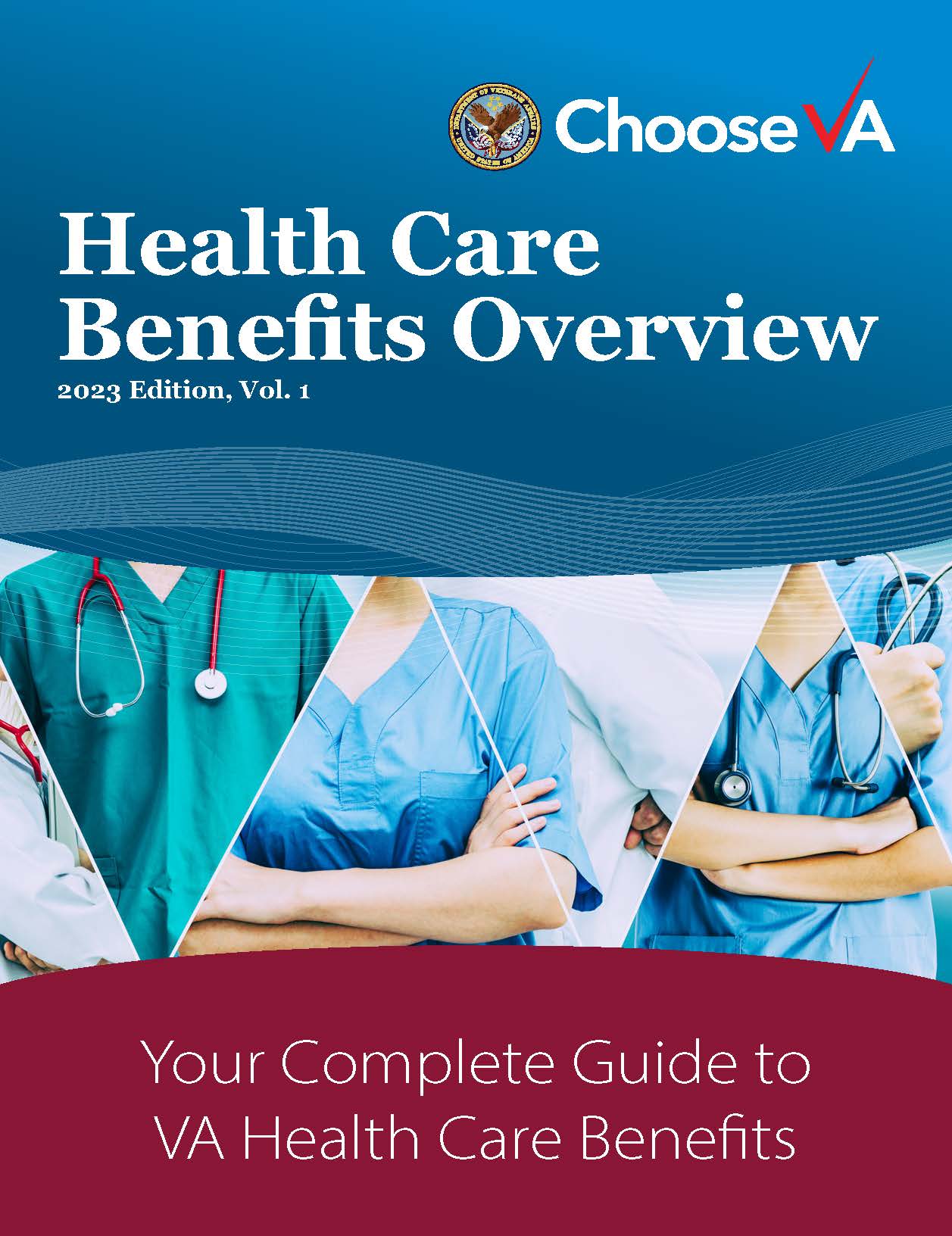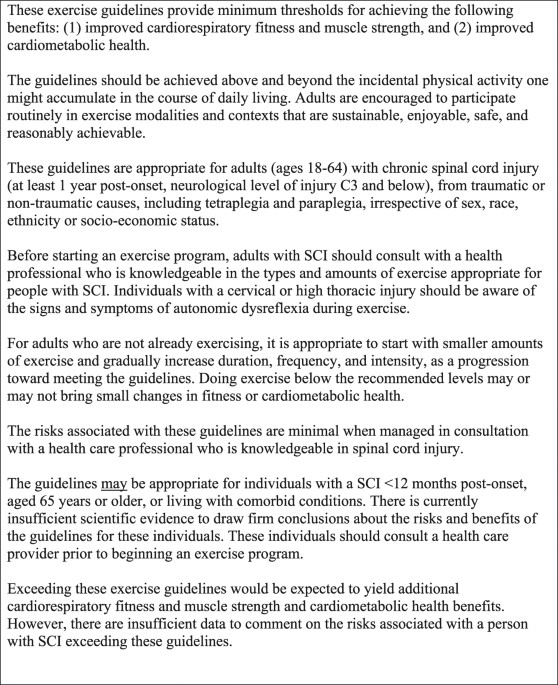Health Insurance Leads Florida: Boost Your Sales Now!
Health insurance leads Florida are vital for insurance agents seeking to expand their client base. Targeting these leads can significantly increase enrollment success rates.
Health insurance is a critical concern for Floridians, with the fluctuating market and diverse demographic considerations playing a significant role. Insurance agents in Florida need to tap into the latest trends and leverage diverse channels to acquire quality leads. A well-crafted strategy for generating health insurance leads involves understanding the local healthcare landscape, including regulatory changes and consumer needs.
By focusing on local specifics such as preferred provider organizations, agents can create personalized approaches to connect with potential customers. Effective lead generation campaigns are indispensable in the competitive Florida insurance market, where agents must distinguish themselves to attract and retain clients.
The Florida Health Insurance Market
The Florida Health Insurance Market serves a dynamic and diverse population. Residents from various demographic backgrounds seek coverage, creating an intricate web of supply and demand. Insurers must navigate through the complexities of this market. They target specific needs of populations across the Sunshine State. It’s a market where change is the only constant.
Demographic Shifts Influencing Policy Demand
The population in Florida is ever-changing. Retirement and migration result in an older demographic. This impacts health insurance needs. Insurance providers witness increased demand for policies that cater to age-related health concerns. Younger families moving to the state also reshape the market. They seek affordable and comprehensive plans.
- Baby Boomers: Increase in retirement age population
- Health Trends: Shifts due to lifestyle diseases
- New Residents: Arrivals from other states and countries
Legislative Changes Affecting The Landscape
Florida’s health insurance landscape often changes with new state and federal laws. These affect the types of coverage available and their costs. Insurers adapt their policies according to these legislative alterations. Policyholders seek plans that remain compliant and beneficial amidst these shifts.
| Year | Legislative Change | Impact |
|---|---|---|
| 2021 | Affordable Care Act Adjustments | Extension of subsidy availability |
| 2022 | State Insurance Mandates | Requirements on coverages and reporting |
Identifying Quality Leads In Florida
Finding quality health insurance leads can make or break your business in Florida. The trick is in sifting through the masses to pinpoint those high-intent individuals ready to take action. In order to thrive in the competitive market of Florida, understanding how to identify and nurture the right prospects becomes crucial. Let’s unlock the secrets to recognizing quality leads within the Sunshine State.
Characteristics Of High-intent Prospects
To ensure your efforts aren’t going to waste, focusing on high-intent prospects is key. These are individuals who show specific traits that indicate they’re on the brink of making a purchase. Here’s what to look out for:
- Immediate Need: Prospects actively seeking coverage show urgency.
- Clear Understanding: They know what they want in a policy.
- Engagement: They interact with your content and respond to communication.
- History: Past behaviors suggest a readiness to invest in health insurance.
- Decision Power: The lead has the authority to make the purchase.
Effective Data Analysis For Lead Generation
Analyzing data allows you to anticipate the needs of prospects in Florida.
| Criterion | Description |
|---|---|
| Demographics | Age, location, and income level play into purchasing decisions. |
| Search Behavior | Prospects’ search queries indicate their intent and interest level. |
| Interaction history | Previous engagements with websites or ads suggest interest. |
| Conversion Points | Where and when prospects decide to share their information. |
By harnessing precise and insightful data, identifying those most likely to convert into clients becomes a more streamlined and effective process. Look for patterns that align with the characteristics of high-intent prospects.
Digital Marketing Strategies For Health Insurance
For health insurance providers in sunny Florida, digital marketing is key. It’s all about reaching the right people at the right time. With the right online tactics, insurance agents can find many eager customers. Here’s how to make the internet work for your health insurance business.
Search Engine Optimization (seo) Essentials
SEO makes your site easy to find. When someone searches for health insurance in Florida, you want them to see your website first. Let’s dig into some essentials.
- Keywords matter. Use words people type when searching. Words like ‘affordable’ and ‘coverage’ help a lot.
- Quality content wins. Write helpful articles. Explain health insurance options in Florida clearly.
- Site speed is vital. Make sure your site loads fast. No one likes waiting.
- Mobile-friendly is a must. Many people use their phones to search. Ensure your website looks good on small screens.
Leveraging Social Media To Attract Leads
Social media is where people hang out. Use it to connect with potential clients. Show your expertise on health. Let’s look at some smart moves.
- Create engaging posts. Use images and stories to grab attention.
- Join conversations. Answer questions about health insurance.
- Use targeted ads. Reach specific groups in Florida interested in health plans.
| Platform | Strategy |
|---|---|
| Share customer success stories. | |
| Post visual health tips. | |
| Write about industry news. |
Remember, keep content consistent and engaging. Track results to see what works best. Grow your health insurance leads with these digital strategies.
Networking For Referral-based Leads
Gathering health insurance leads in Florida can take various forms, with one of the most effective being network-based referral leads. The power of networking allows professionals to connect and share valuable leads. This method pools trustworthy resources to reach potential customers through existing relationships. Now, let’s dive into how to tap into this invaluable asset.
Building Relationships With Healthcare Providers
Fostering connections with healthcare practitioners can result in a steady flow of leads. How? By offering solutions that benefit both their practice and their patients.
- Attend medical conferences
- Join healthcare professional associations
- Sponsor health awareness events
Regular interaction brings you to the forefront of their minds when insurance needs arise.
Partnering With Local Businesses And Communities
Local businesses and community groups can be rich sources of referral-based leads. Collaborations reach diverse audiences and build mutual support. Partnering can include:
- Educational workshops
- Joint promotional campaigns
- Wellness fair participation
This strategy not only enhances brand recognition but also positions your services as a beneficial part of the community.
Using Technology To Increase Sales
Embracing technology revolutionizes the way sales professionals in the health insurance industry operate. In the bustling market of Health Insurance Leads in Florida, staying ahead involves leveraging sophisticated tools to streamline the sales process. Let’s delve into how tech solutions can drive sales and bring efficiency to your workflow.
Crm Systems For Managing Leads
Customer Relationship Management (CRM) systems are indispensable in managing health insurance leads effectively. These powerful systems provide a structured approach to storing and retrieving lead data, ensuring you never miss a follow-up or lose track of a prospective client.
- Centralized Information: Store all client interactions and history in one place.
- Lead Scoring: Prioritize efforts by identifying leads most likely to convert.
- Task Automation: Set reminders and follow-ups seamlessly.
- Performance Tracking: Analyze sales activities and adjust strategies for better results.
With a CRM system tailored for health insurance leads, agents can expect an organized, productive sales cycle that could lead to increased conversion rates.
Automated Marketing Tools To Nurture Prospects
Automated marketing tools are crucial for nurturing leads through personalized communication. Utilizing these tools, agents can build relationships without investing hours in manual efforts.
- Email Campaigns: Deliver targeted messages and valuable content to keep prospects engaged.
- Social Media Management: Schedule posts and analyze engagement to stay connected with your audience.
- Lead Qualification: Use intelligent systems to identify leads ready to take the next step.
- Analytics: Gain insights on what’s working and what’s not to optimize campaigns.
These automated tools ensure continuous engagement with potential clients, paving the way for increased sales and a robust bottom line.
Regulatory Compliance In Lead Generation
Regulatory Compliance in Lead Generation is a vital aspect for insurance professionals in Florida. It ensures that the process of acquiring health insurance leads adheres to state laws and regulations. Compliance helps maintain trust and protects both the insurance providers and potential clients.
Adhering To Florida’s Insurance Marketing Laws
In the world of insurance, following Florida’s strict marketing laws is not negotiable. Insurance agents must ensure their lead generation strategies are transparent and fair. Key points include:
- Obtaining the necessary licensing before soliciting or selling insurance.
- Providing accurate and honest information in all advertisements.
- Avoiding misleading or ambiguous terms.
Training on these regulations is essential for all marketing teams.
Data Protection And Privacy Considerations
Florida’s vigorous data protection laws require a firm stance on privacy. Insurance agents need to employ secure methods to handle client information. Considerations include:
- Safeguarding personal data from unauthorized access.
- Regularly updating privacy policies.
- Adhering to the Florida Information Protection Act (FIPA).
With the proper measures in place, insurance lead generation can thrive within the bounds of regulatory compliance.
Sales Techniques That Convert Leads
Welcome to our deep dive into the world of Health Insurance Leads in Florida. To succeed in this competitive landscape, it’s crucial to master certain sales techniques that promise high conversion rates. Let’s explore actionable strategies that can transform those leads into loyal customers.
Consultative Selling For Insurance Products
The essence of consultative selling lies in understanding customer needs. With health insurance leads, adopt a role of an advisor rather than a mere seller. Focus on these key points:
- Ask probing questions to uncover their true insurance needs.
- Listen attentively to their concerns and preferences.
- Advise on the best insurance solutions tailored to them.
- Follow up to maintain engagement and address any new questions.
By taking a consultative approach, you build trust with your leads and establish a foundation for a lasting relationship.
Overcoming Common Objections From Leads
Objections are a natural part of the sales process. Overcome them with these tactics:
| Common Objection | Strategies to Overcome |
|---|---|
| “It’s too expensive.” | Highlight the value and long-term benefits over cost, and introduce flexible payment options. |
| “I’m not ready to buy.” | Emphasize the risks of being uninsured and the peace of mind insurance offers. |
| “I don’t see the need.” | Share stories and statistics that underscore the importance of health coverage. |
Equip yourself with a thorough understanding of the product to convincingly address concerns and turn hesitation into action.
Measuring Success And Improving Outcomes
Measuring success and improving outcomes are vital in managing health insurance leads in Florida. Profound insights drive improvement, leading to more effective strategies and higher conversion rates.
Key Metrics For Analyzing Lead Conversion
Evaluating lead conversion requires focusing on specific metrics:
- Conversion Rate: Percentage of leads becoming customers.
- Cost per Acquisition: The cost incurred to acquire each customer.
- Lead to Close Ratio: Comparison of leads to actual sales.
- Return on Investment (ROI): Profits compared to costs involved.
- Time to Conversion: Average time leads take to convert.
Tracking these metrics provides a clear performance picture and where improvements are necessary.
Continuous Learning And Strategy Optimization
Continuous learning is key to staying ahead in the competitive landscape of Florida’s health insurance market. Optimizing strategies ensures sustained growth and success:
- Analyze data regularly to identify trends.
- Adapt strategies based on analytical insights.
- Test different approaches for effectiveness.
- Gather feedback from customers for real-world input.
This iterative cycle contributes to ongoing adjustments, honing the lead management process. Success follows diligent attention to the changing dynamics of the health insurance industry.
Frequently Asked Questions Of Health Insurance Leads Florida
What Is The Average Cost Of Insurance Leads?
The average cost of insurance leads varies, typically ranging from $5 to $25 per lead, influenced by lead type and quality.
What Is The Best Health Insurance Plan In Florida?
The best health insurance plan in Florida varies by individual needs and preferences. Compare provider networks, coverage options, and costs for a personalized choice. Always check the latest ratings and customer feedback for informed decisions. Consulting with a licensed insurance agent can also provide tailored recommendations.
Is It Normal To Buy Leads In Insurance?
Yes, purchasing leads in the insurance industry is a standard practice for agents seeking to expand their client base and increase sales opportunities.
How Do You Follow Up On Insurance Leads?
To follow up on insurance leads, promptly contact them, personalize communication, provide valuable information, maintain regular contacts, and track interactions effectively. Use varied channels like email, phone, or text, and always stay professional while addressing client concerns and questions.
Navigating the health insurance lead market in Florida can be complex. Yet, with the right strategies and knowledge, success is within reach. Whether you’re seeking robust individual plans or comprehensive group policies, Florida’s options are vast. Let us be your guide to securing top-tier health insurance leads in the Sunshine State. Embrace the journey toward a well-insured future starting now.
















